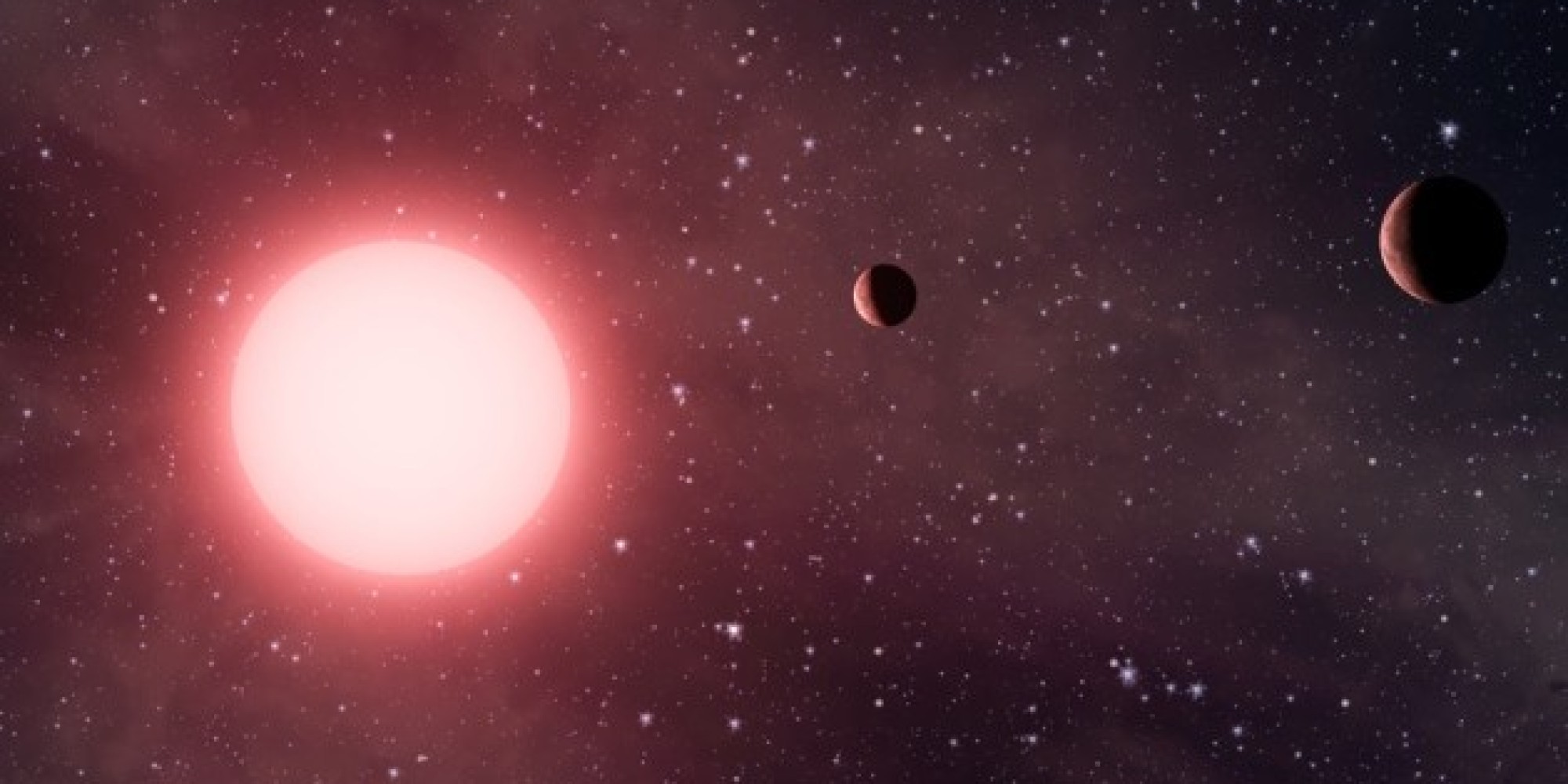 by Benjamin Recchie
by Benjamin Recchie
For centuries, astronomers who wanted to study the nature of solar systems and the formation of planets were limited to a sample size of one: ours. But since the discovery of the first exoplanet—a planet orbiting a star other than our own sun—in 1992, hundreds of stars have been discovered to harbor planets. For an astrophysicist like Daniel Fabrycky, assistant professor of astronomy and astrophysics, this is an enormous wealth of examples—although it also brings up an odd case or two that need solving.
Fabrycky works with data from the Kepler space observatory. Launched by NASA in 2009, Kepler detects planets around other stars using what’s known as the transit method; it watches 145,000 stars continuously for the telltale dimming of light caused by a planet orbiting across the face of the star. So far, the mission has discovered well over a thousand planets orbiting hundreds of stars, with thousands more potential planets awaiting confirmation.
Among those hundreds of stars with planets is one called Kepler-223—an unremarkable star with four remarkable known planets. From observations, astronomers know that each planet orbits very close to the star, with each “year” only taking a few days. Furthermore, the evidence suggests that the planets are all so close to each other that their orbital periods are forced into resonances—the first planet orbits exactly four times for every three orbits of the second, called a 4:3 resonance. The second and third planets are in a 3:2 resonance, and the third and fourth are in another 4:3. The question is, how did such a system develop?
One theory is that shortly after the planets formed, they spiraled in toward their parent star. “When they get into resonance, the outer one—which is being pushed toward the star faster—will transfer some angular momentum to the other one and push the other one along” like a snowplow, Fabrycky says. Eventually, they would end up closely packed near the star and locked into resonant orbits.
Fabrycky’s grad student, Sean Mills, used RCC’s Midway supercomputing cluster to run an n-body simulation of the planets, then tried to match it to the Kepler data. “You have to do this millions and millions of times, sample all the parameters, and figure out what the constraints are,” Fabrycky explains. Each simulation took a little under a second to run—which is good, because the researchers had to run 10 million of them. (Parallel computing allowed them to run many simulations simultaneously, preventing them from waiting months for their results.)
Even though the researchers only had to fit four years of data, they simulated a sample of the orbits of the planets out another million years; the system had to be stable enough that it would last long enough to be observed. Sure enough, the simulations showed that just such a set of circumstances described in the theory would result in a system of planets like Kepler saw—and would be stable for billions of years.
Another puzzling star system was Kepler-56. The majority of known exoplanets orbit their parent star in one plane, and the star itself rotates in the same direction in the plane. But Kepler-56 rotates at a 45 degree angle relative to the orbit of its two closest planets—even as a third planet orbits in the same plane as the star’s rotation. Fabrycky hypothesized that there used to be a fourth planet further out in the system which interacted gravitationally with the third planet. This interaction eventually shot the fourth planet off into interstellar space and pulled the two inner planets into the cockeyed orbit.
To test this hypothesis, Fabrycky again turned to Midway. After running simulations, he and a student found that Fabrycky’s idea could explain the observations—but only about 1 in 100 times the simulation was run.
“We’ve only observed five systems that have co-planar planets where you can tell what orientation the star is,” he says. “To get one out of five that looks like that when the theory would only predict 1 in 100 means the theory’s not a very good explanation.” In other words, mismatched orbital planes should be so rare that it’s unlikely a relatively nearby star just happens to display them. Fabrycky has recently published a paper that rejects his hypothesis of a long-gone fourth planet.
The field of exoplanets is moving fast: the first exoplanet wasn’t discovered until 1992, but today 2056 are known. With Kepler’s mission extended, that number will surely grow over the next few years, giving Fabrycky plenty of new planets to puzzle over—and Midway many orbits to calculate.